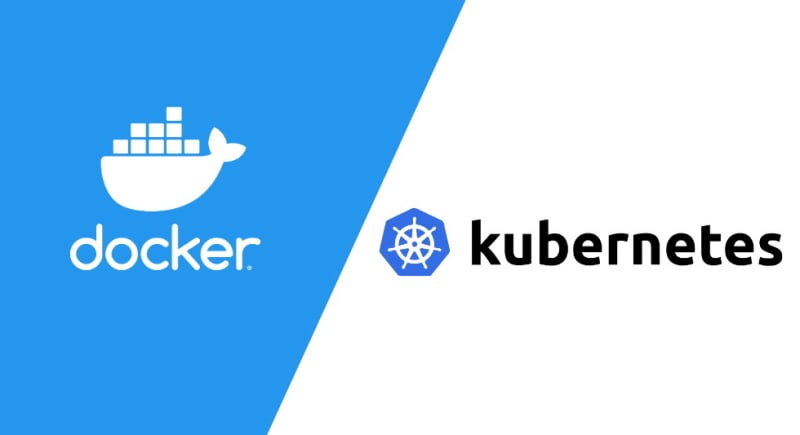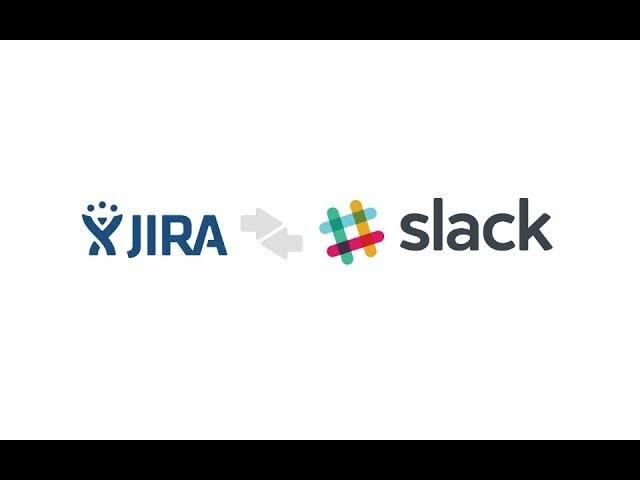In the rapidly evolving realm of software development, seamless teamwork among diverse groups is paramount for achieving efficiency, reliability, and top-notch quality. At the core of this collaborative effort stands the figure of a DevOps engineer. This guide is your gateway to understanding the intricate world of DevOps. Here, we'll unravel its fundamental elements—roles, teamwork dynamics, and tools—presented straightforwardly, and accessible even to those without prior technical knowledge.
Role of DevOps Engineer: Bridging the Gap in Simple Terms
Picture a DevOps engineer as a friendly guide who speaks two languages: developer talk and system admin talk. Their job is like being a translator at a global gathering. They help the developer team, who create the software, understand the needs of the system admin team, who manage the computers and servers. And vice versa!
Imagine a sturdy bridge stretching over a river. On one side, the developers are building sandcastles (writing code), and on the other side, the system admins are setting up picnic spots (managing servers). The DevOps engineer is like the bridge, making sure everyone can easily walk back and forth. This bridge ensures that the sandcastles reach the picnic spots smoothly, turning code into the final product.
Roles of Software Developer and System Admin in DevOps: A Closer Look
In the captivating realm of DevOps, where collaboration thrives, two primary players emerge the Software Development team and the System Administration team. Let's delve deeper into their roles and their vital contributions to creating a harmonious DevOps environment:
Software Development Team: The Architects of Code Creation Imagine the Software Development team as skillful architects designing a blueprint for a magnificent structure. They're responsible for crafting the very core of any application: the code. Just as architects meticulously plan every aspect of a building, developers write and refine the code that brings the software to life. This code is the creative expression of ideas, and like blueprints, it outlines the functionality, features, and interactions that users will eventually experience.
System Administration Team: The Stalwart Foundation Builders In the other corner, we have the System Administration team, akin to dedicated foundation builders. These professionals manage the critical infrastructure on which software operates. Just as the foundation supports the weight of a building, system administrators ensure that servers, networks, and all technical underpinnings are solid and reliable. They configure servers, manage databases, oversee networks, and safeguard the environment in which software thrives.
Collaboration: Breaking Down Silos, Building Bridges In the fascinating world of DevOps, these two teams, although seemingly distinct, unite their strengths in a ballet of collaboration. Their convergence aims to demolish silos and replace them with bridges of cooperation. Developers, with their creative coding prowess, work closely with administrators who provide a stable platform for the code's execution. Together, they ensure that the software is not just beautifully designed but also smoothly functional.
Smooth Transitions, Efficient Deployments Picture this collaboration as a well-choreographed dance routine. Just as dancers transition seamlessly between movements, the Software Development and System Administration teams ensure that their processes flow harmoniously. This harmony paves the way for smooth transitions, from the initial creation of code to its operational deployment. Each step is well-coordinated, preventing hiccups and ensuring a seamless journey from development to the user's hands.
In essence, the Software Development team and the System Administration team embody the yin and yang of DevOps. Their synergy is what bridges the gap between creativity and stability, imagination and infrastructure. It's a dynamic partnership that results in not just software, but experiences that users can rely on and enjoy.
In the symphony of DevOps, these roles are the individual notes that, when played together, create a masterpiece of efficiency and innovation.
Communication & Collaboration in DevOps Team: A Harmonious Dance of Efficiency
Imagine a stage where a captivating dance performance is about to begin. Now envision the DevOps team as the dancers on this stage, each step and move perfectly synchronized. Let's take a closer look at how this well-choreographed dance of communication and collaboration unfolds within the DevOps realm:
Communication: The Rhythm of Clarity In this dance, communication is the steady rhythm that guides each movement. Just as a musical rhythm keeps the beat, clear communication is the heartbeat of the DevOps team. It involves sharing information, updates, challenges, and insights openly and effectively. Like dancers signaling their next steps, team members in DevOps use communication to ensure that everyone is aligned and aware of the ongoing developments.
Collaboration: The Melody of Harmony Now, think of collaboration as the captivating melody that accompanies this dance. Collaboration weaves together the efforts of different team members into a harmonious whole. Each dancer contributes unique skills, just as each DevOps team member brings their expertise to the table. Collaboration ensures that every skill complements the other, creating a seamless performance.
The Power of Clear Communication In the realm of DevOps, clear communication acts as the spotlight that ensures everyone is on the same page. It prevents misunderstandings that can lead to missteps in the dance routine. Just as dancers communicate through cues and gestures, team members communicate through discussions, meetings, and digital platforms. This clarity eliminates confusion, ensuring that each move, like each task, is well-executed.
Synergy: Preventing Errors, Accelerating Progress The dance of DevOps is more than just visually pleasing; it's a practical approach to development. This synergy between communication and collaboration serves as a safety net, preventing errors and misinterpretations. When every step is coordinated, mistakes are minimized, and efficiency soars. Information flows freely, issues are resolved promptly, and innovations are shared widely.
As the dance progresses, the DevOps team's synchronized efforts accelerate the development process. Just as the dancers move seamlessly across the stage, the team moves smoothly through various stages of development, testing, and deployment. This not only saves time but also ensures that the final performance—the deployed software—is executed flawlessly.
In essence, the dance of communication and collaboration in DevOps is a symphony of efficiency. Just as a well-rehearsed dance performance enchants the audience, a well-communicated and collaboratively executed DevOps process delights users with quality software. It's a performance that requires every member of the team to be in tune, resulting in a harmonious and successful production.
Tools & Technologies: Constructing the DevOps Toolkit for Seamless Software Development
Much like a carpenter expertly wields their tools to craft a masterpiece, DevOps engineers harness an array of tools and technologies to choreograph the intricate dance of software development. These tools, akin to backstage magicians, automate repetitive tasks, enhance efficiency, and uphold unwavering consistency throughout the DevOps journey. Let's explore some key tools and their significance in the DevOps lifecycle:
Version Control Systems (e.g., Git): Just as an artist's sketchbook captures every stroke of creativity, version control systems like Git meticulously document changes to code. They enable collaboration, tracking modifications, and ensuring that everyone is on the same page. This tool's importance lies in its ability to prevent chaos, allowing team members to work concurrently without stepping on each other's toes.
Continuous Integration/Continuous Deployment (CI/CD) Tools (e.g., Jenkins): Imagine a smooth conveyor belt that seamlessly transports goods from assembly to delivery. CI/CD tools like Jenkins serve as this conveyor belt, automating the process of integrating code changes, running tests, and deploying them. These tools minimize human error, accelerate the deployment process, and enable a swift response to issues.
Configuration Management Tools (e.g., Ansible, Puppet): Consider these tools as the conductors of an orchestra, ensuring that each instrument is tuned to perfection. Configuration management tools automate the setup and management of servers, software, and infrastructure. They maintain consistency across environments, reducing manual intervention, and enhancing system stability.
Containerization Tools (e.g., Docker, Kubernetes): Think of containers as portable, self-sufficient units that encapsulate an application and its dependencies. Docker and Kubernetes are tools that create and manage these containers. They enable developers to package applications consistently and run them across different environments without compatibility issues.
Monitoring and Logging Tools (e.g., Prometheus, ELK Stack): Just as a doctor monitors a patient's vital signs, these tools monitor an application's health. They track performance, detect anomalies, and provide insights into system behavior. Monitoring and logging tools are essential for identifying bottlenecks, improving performance, and ensuring the overall health of the application.
Infrastructure as Code (IaC) Tools (e.g., Terraform, CloudFormation): Think of IaC tools as blueprints for building and managing infrastructure. They enable developers to define infrastructure requirements using code, automating the process of provisioning resources. These tools enhance scalability, reduce manual setup time, and eliminate inconsistencies.
Collaboration and Communication Tools (e.g., Slack, Jira): Just as a team huddle ensures everyone is aligned, collaboration tools facilitate communication among team members. These tools streamline discussions, track progress, and manage tasks. They play a critical role in keeping everyone informed and ensuring smooth teamwork.
Importance of Tools in the DevOps Lifecycle: These tools act as the backbone of DevOps, streamlining processes, reducing human error, and promoting collaboration. They encapsulate the DevOps principles of automation and continuous improvement, enabling teams to focus on innovation rather than mundane tasks. By automating repetitive processes, ensuring consistency, and enhancing visibility, these tools make the DevOps journey efficient, reliable, and ultimately successful. Just as a well-equipped carpenter can craft intricate designs, a DevOps engineer armed with the right tools can sculpt robust and high-quality software.
💡 In our next articles, we'll uncover the secrets behind "Why Businesses Love DevOps," showing you why it's like a superhero for companies. 🦸♂️💼Ever wondered when to use DevOps magic? We'll spill the beans in "When to Call in the DevOps Heroes," making it clear as day. 🌞🦇 But wait, there's more! Brace yourself for "Top DevOps Tricks: The Easy Way," where we share some cool tips and tricks. 🪄🎩. Don't be the person who misses the party—subscribe now, and prepare to have your tech senses tingled and your curiosity tickled! Let's continue on this mind-bending journey together! 🚀🔥

















Top comments (0)